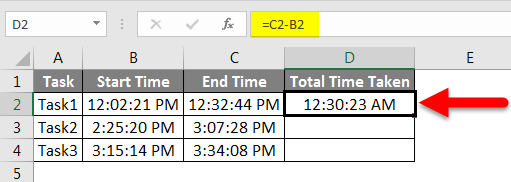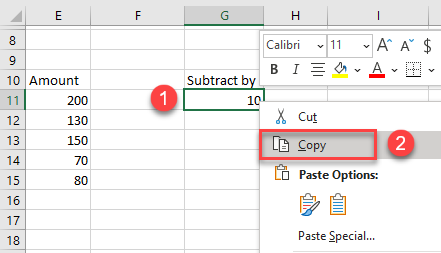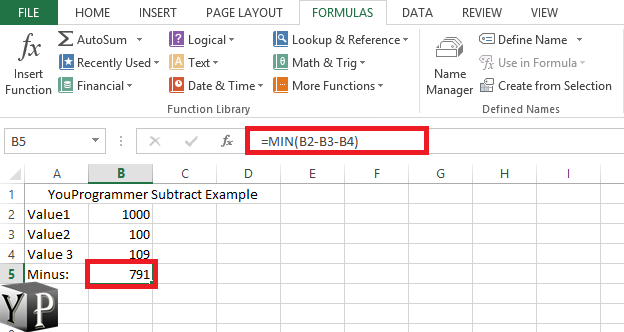

Parenthesis can help you define which part of the formula needs to be calculated first. When you need to subtract a few numbers from 100, enter all of them one by one followed by a minus sign: Similar to math, you can add more than one arithmetic operation in a single formula.


Here is the basic formula you can use for the subtraction function:Īssume that you need to minus 20 from 100 and for this you will enter the formula as: With the help of the minus sign (-), you can easily manage to subtract two columns. There’s no direct way to use the subtraction function, however, as you know Excel always finds a solution.

In this post, let’s see how to subtract two columns in Excel. Regular Excel users know that Excel allows you to subtract numbers, percentages, months, days, dates, minutes, hours, and seconds as well.Īpart from that you can even subtract text strings, characters, columns, and rows. It lets you subtract one number from another by using the minus sign. Subtraction is one of the basic operations you can use in Excel. You can always ask an expert in the Excel Tech Community or get support in the Answers community.In the previous post, you learned how to subtract one cell from another in Excel. Type the amounts of your deposits and withdrawals into the empty rows directly below the existing data.įor instance, if you were using the example above, you would type the deposits into A4, A5, and so on, and the withdrawals into B4, B5, and so on.Įxtend the running balance formula into the new rows by selecting the last cell in the balance column and then double-clicking the fill handle.įor instance, if you were using the example above, you would select cell C3 and then double-click its fill handle to extend the formula into all new rows that contain deposit and withdrawal values. To maintain the running balance, add a row for each new entry by doing the following: Set up a worksheet like the following example.Ĭlick anywhere outside cell C3 to see the calculated total. For more information, see Calculate a running total in Excel. Note: A running balance differs from a running total (also called a running count), in which you watch the number of items in a worksheet add up as you enter new items.


 0 kommentar(er)
0 kommentar(er)
